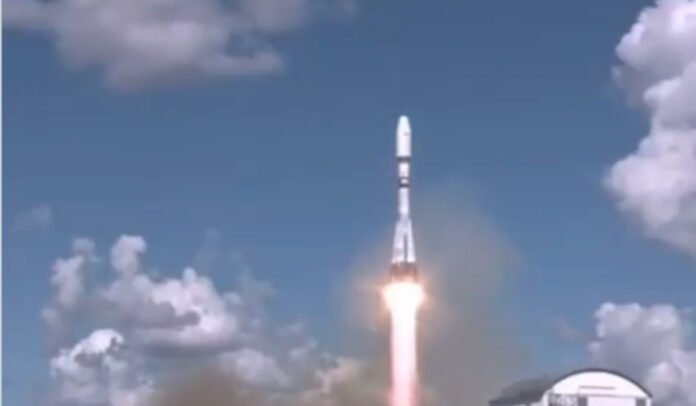Iran marked another milestone in its space ambitions with the successful launch of its telecommunications and research satellite, Nahid-2, aboard a Russian Soyuz rocket on July 25. The launch was part of a larger multi-payload mission from Russia that included Unisphere-M3 and M4 satellites as well as 18 other satellites from various countries.
Nahid-2 is a next-generation communications satellite, developed by Iran’s Ministry of Information and Communications Technology. Designed to remain operational in orbit for up to five years, it features an indigenous propulsion system capable of adjusting its altitude by as much as 50 kilometers. This maneuverability is critical for maintaining its orbital position and ensuring long-term stability of signal and performance.
The Soyuz rocket has become a familiar launch vehicle for Iranian satellites, previously carrying missions such as Khayyam, Pars-1, Kosar, and Hodhod. This cooperation between Iran and Russia in space exploration comes amid deepening geopolitical and scientific ties between the two nations, especially in the face of Western sanctions.
Iranian officials hailed the launch as a “leap in national space capability,” with Nahid-2 expected to provide telecommunication services, environmental data, and enhanced support for domestic scientific research.
The mission also highlighted the expanding international use of Russian launch platforms, as this particular flight saw payloads from Europe, Asia, and the Middle East, underscoring the global demand for affordable and reliable space access through the Soyuz system.
While the launch was celebrated in Tehran, it has drawn international scrutiny as some Western analysts have expressed concerns about potential dual-use technologies in Iran’s satellite development. However, Iranian authorities continue to emphasize that all space initiatives are strictly civilian and peaceful in nature.

























